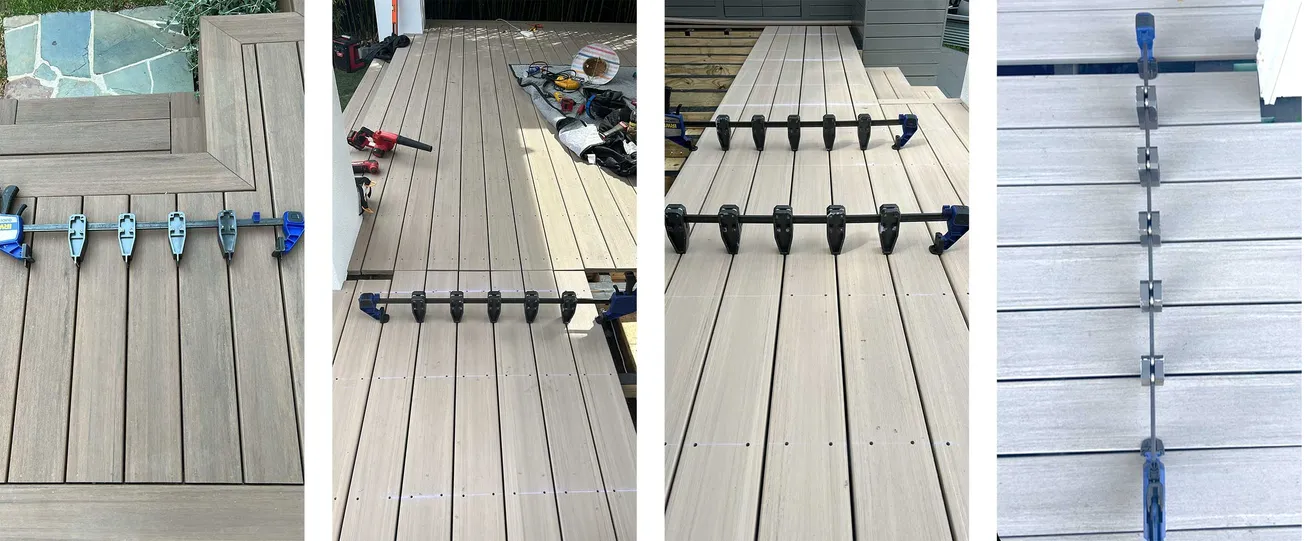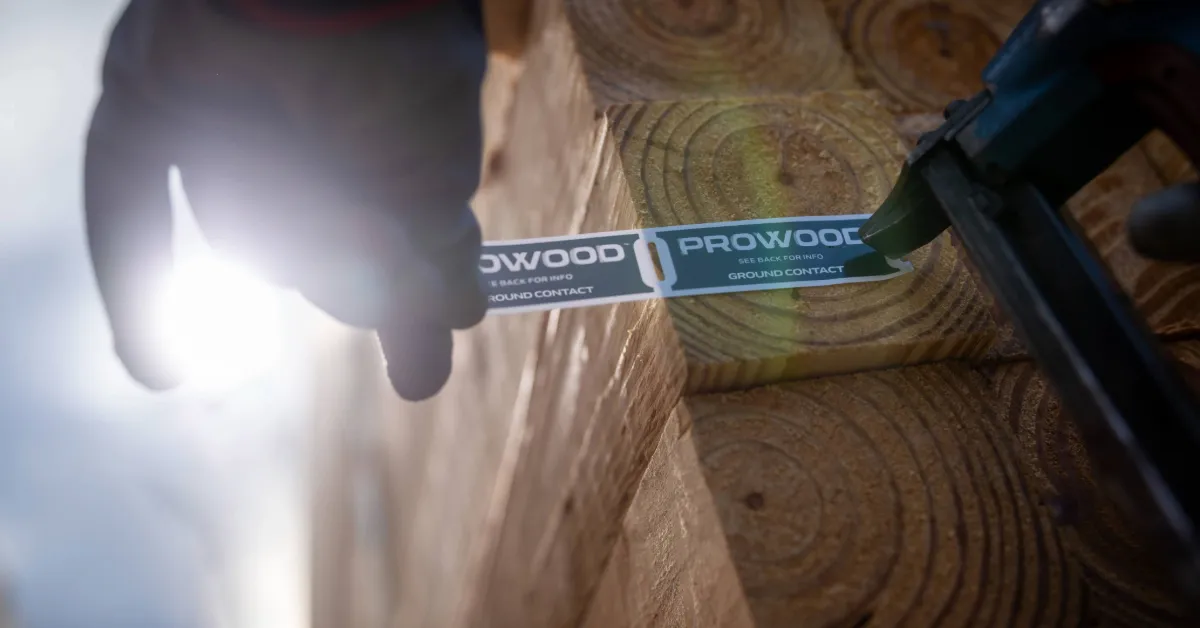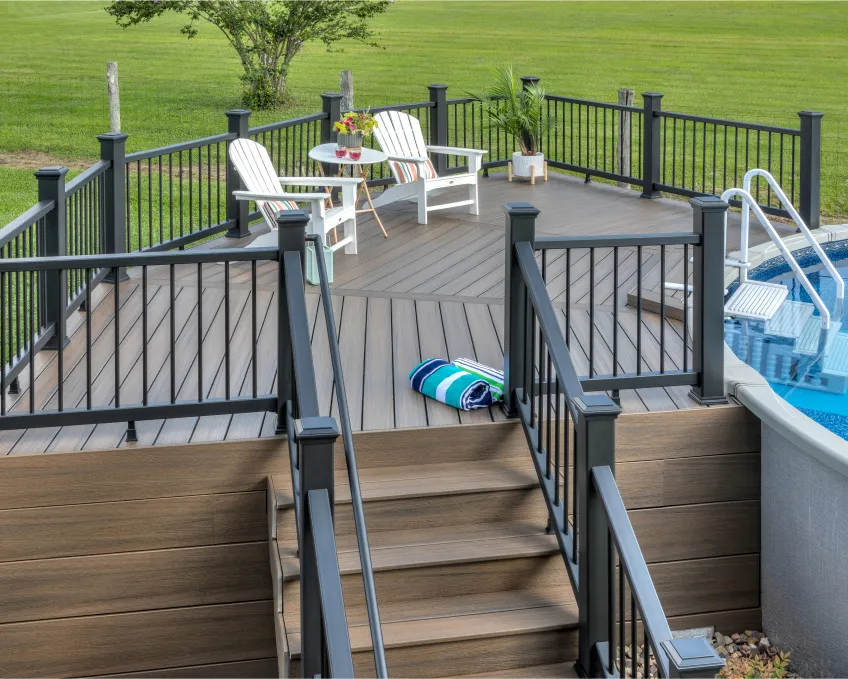Table of Contents
Whether you have multiple crews or you’re part of the only crew, most contractors have a predictable if not limited “buildout capacity.” At the end of the year, your profit is based on an achieved percentage of not what you sold, but the dollar volume you built out in a year. Outside of deposits, the money for any contracts you have are only collected once a job is delivered to the customer. So even if you sold a million dollars in a calendar year, if you can only deliver $700,000, there’s a limited benefit from a profitability standpoint.
To an extent, your buildout capacity determines the size of your company. So the trick is to figure out how to maximize profits on what you can deliver and create balance with both sales and production. But with the right approach, it may be possible to be more profitable with the $700,000 year as some contractors might be with a million dollar sales year.
My former business was founded with simple margin-based principals instead of a pure production-based plan. It was about quality over quantity and upping my game to sell at a higher price so I could maximize profit. It was about adopting a specific building philosophy and simple marketing approaches that separated me from others. It was about making more and doing less.
It was about recognizing my buildout capacity limitations in a given year with a goal to fill my job schedule with premium margined jobs instead of doing more production with an average profit margin. I couldn’t have done it if I was perceived to be like everyone else in my market. But through the use of photos, website, reviews, referrals, and a quick quote pricing system, along with building and maintaining a good reputation, I was able to do it.
Some of the key aspects of a business plan are determining the cost of delivery, how much you require to sale to be profitable, and what your buildout capacity is during the course of a year. You also have to determine what your gross and net profits and cost of overhead needs to be to make the plan work. In today’s market, the sales side is easier to accomplish for most than the production and delivery side, especially if you’re selling at low margins. Labor shortages being what they are, expanding this production capacity to increase profits is the most challenging it’s ever been. But there is a simple approach that can turbo charge profits even with a small workforce. It’s based on margin growth instead of production growth.
Industry gross margins average from 20% with new construction to 45% for remodeling and specialty work. Too many contractors price at the lower end of this scale but motivated contractors could raise their prices by 10% or more by dependent on how they currently operate. For many, implementing a few simple aspects to their business that either doesn’t exist or is currently minimized could be a game changer. It involves establishing a solid brand and reputation in your market. It’s about building an improved perception of you and your company. It requires building an effective website, building up good reviews, leveraging off good photos, and most importantly, raising your prices.
But the latter can’t be done without the other elements in place. Just having a website isn’t good enough. It has to be an effective illustration of your company through photos and simple messaging on a website that is fully optimized. Because many contractors are “busy,” they may not think they need to make any changes. In the long run, this is a mistake.
No doubt the lower the margin and job price, the easier it is to sell, so more focus has to be applied to the marketing, sales, and presentation side of the game. But it’s not complicated, very doable, and is easier to do, in my opinion, than beefing up the production side of a business. With a higher price, your closing ratios will go down, but it’s not about selling all you can at lower “easy to sell” prices. It’s about selling all you can build at a higher price with more profit.
So how much difference would selling jobs for 10% more make? As an example; I’ll use a 25% mark-up for calculation purposes, although it should be significantly higher for deck builders and remodelers as a 25% markup is only a 20% margin. (*See Side-notes) Again, let’s say you sold $700k in a given year. Your gross profit on a 25% markup is 140,000 or 20% gross margin ($560k actual cost X 1.25=$700k). Let’s say your average cost of overhead is 15%, your net profit is 5% and (after paying yourself and company overhead) your company nets $35,000.
By implementing simple but game-changing elements, you could increase the $700k sales number by at least 10% to $770k, adding $70,000 to your gross profit ($210,000 or 27.27% GM or 1.375 markup) with most, if not all, of this surplus falling to the bottom line as net profit ($105,000 or 13.6% NM). The actual cost of delivery of a job doesn’t change nor should overhead. And the actual number of jobs you’re building stays the same.
In essence, you could achieve a better gross profit doing what was a $700,000 year that’s now a $770,000 a year in sales and buildout with a 27.27 % gross margin ($210,000) as a contractor doing a million dollars a year at a 1.25 markup (20% margin; $200,000). Again, it’s likely that general overhead stays the same for both but the net margin contribution is significant.
In our current market, most are overwhelmed with job opportunities, referrals are strong, and they’re already charging more than in the past due to simple demand, increased material prices, and labor. But, the market will shift back to the normal conditions and that’s where the elements I discuss here position you for better operations.
Believe me, some of the better contractors I know are doing much higher margins than I’m using as examples here. But others who are recognized as really good builders are not, and still work at lower margins with some even struggling during a good building market. Selling at low prices and giving deals is easy and more like order taking. Selling at full price and higher margins requires a better focus, confidence, and laying down the groundwork of credibility and leveraging off of it.
So why not implement a plan to improve your sales skills and put better focus into the few elements required to separate yourself in a way that allows more profitability? Is it better to work longer hours and increase production? Or would it be worth adjusting the way you do business outside of field work to increase profitability?
I don’t have a marketing degree, nor have I ever had proper sales training. But I learned many lessons during my 30 plus years in the market and I was able to accomplish a lot by just using simple common sense approaches. If I can do it, you can too.










